Alphabet’s laser-powered broadband demonstrates 99.9% uptime within first 20 days
X, the Moonshot Factory trials ‘fibre without fibre’ across the Congo River with 700TB of data transmitted in its first few weeks
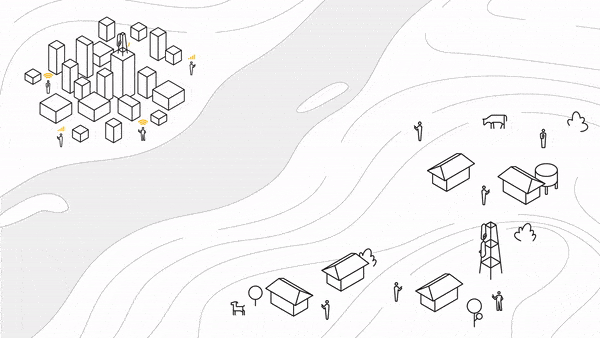

Alphabet subsidiary X, the Moonshot Factory claims its laser-based broadband service has supplied nearly 700TB of data within its first 20 days of operation, with 99.9% uptime.
Dubbed Project Taara, the network is powered by wireless optical communications (WOC) links which are based between Brazzaville in the Republic of Congo and Kinasha in the Democratic Republic of Congo. These sites are separated by 4.8km across the Congo River.
This laser-based network beams highly precise light signals between terminals and is based on learnings from a previous experiment in which X beamed lasers between stratospheric balloons.
The project aims to plug connectivity gaps and expand global access to fibre-like speeds in rural and poorer areas around the world, without the need for fibre cables.
Internet connectivity in Kinasha, the capital of the Democratic Republic of Congo, is currently five times more expensive than in Brazzaville, despite the relatively short distance between the two cities. This is largely because fibre cables need to be routed more than 400km around the river to reach Kinasha.
“Being able to deliver high-speed internet (up to 20 Gbps) most of the time is a vastly better option than having millions of people miss out on the benefits of connectivity,” said director of engineering for Taara, Baris Erkmen, “because the economics of laying hundreds of kilometers of cable in the ground simply don’t stack up.
“My team and I are delighted to be bringing these technical advances to the banks of the Congo River to help provide people in Brazzaville and Kinshasa with access to faster, more affordable connectivity.”
Get the ITPro daily newsletter
Sign up today and you will receive a free copy of our Future Focus 2025 report - the leading guidance on AI, cybersecurity and other IT challenges as per 700+ senior executives
The technology works much in the same way traditional fibre cables use light to carry data beneath the ground, with Taara using narrow, invisible beams of light to transmit signals over vast distances.
To successfully establish a link, Taara terminals search for each other, detect the other’s beam of light, and lock in like a handshake to create a high bandwidth connection.

These beams of light are roughly the width of a chopstick, according to X, and need to be accurate enough to hit a 5cm target that could be as far as 10km away.
This form of networking hasn’t traditionally been considered viable, because signal reliability is often compromised by adverse weather conditions such as fog or haze. Disruption might also be caused by birds flying in front of the signal.
RELATED RESOURCE

IT Pro 20/20: The end of the remote work dream
Issue 20 of IT Pro 20/20 examines whether a new industry policy to pay workers based on location is likely to catch on
X has worked to address some of these concerns in developing Project Taara. For example, it’s refined atmospheric sensing, mirror controls and motion detection so terminals automatically adjust to maintain a precise connection. By automatically adjusting to things like the amount of laser power being transmitted, the reliability of links has also greatly improved.
Although its developers admit places “like foggy San Francisco” may never be ideal for WOC, there are many places around the world with ideal weather conditions for Taara links.
The future of the project will therefore be driven largely by those areas around the world that have favourable weather conditions for more than 99% annual availability.

Keumars Afifi-Sabet is a writer and editor that specialises in public sector, cyber security, and cloud computing. He first joined ITPro as a staff writer in April 2018 and eventually became its Features Editor. Although a regular contributor to other tech sites in the past, these days you will find Keumars on LiveScience, where he runs its Technology section.
-
 Westcon-Comstor and Vectra AI launch brace of new channel initiatives
Westcon-Comstor and Vectra AI launch brace of new channel initiativesNews Westcon-Comstor and Vectra AI have announced the launch of two new channel growth initiatives focused on the managed security service provider (MSSP) space and AWS Marketplace.
By Daniel Todd Published
-
 Third time lucky? Microsoft finally begins roll-out of controversial Recall feature
Third time lucky? Microsoft finally begins roll-out of controversial Recall featureNews The Windows Recall feature has been plagued by setbacks and backlash from security professionals
By Emma Woollacott Published
-
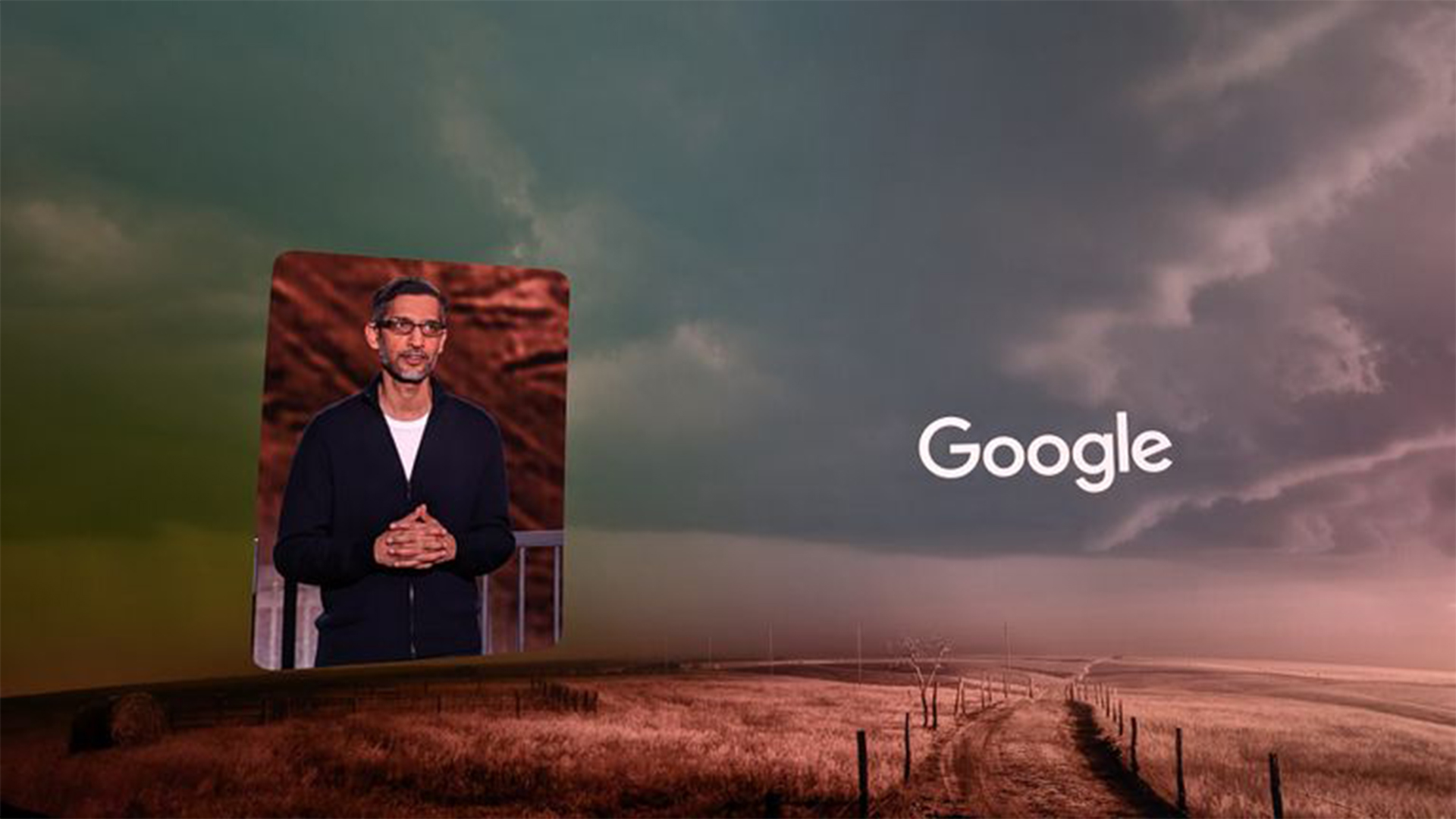 Google shakes off tariff concerns to push on with $75 billion AI spending plans – but analysts warn rising infrastructure costs will send cloud prices sky high
Google shakes off tariff concerns to push on with $75 billion AI spending plans – but analysts warn rising infrastructure costs will send cloud prices sky highNews Google CEO Sundar Pichai has confirmed the company will still spend $75 billion on building out data centers despite economic concerns in the wake of US tariffs.
By Nicole Kobie Published
-
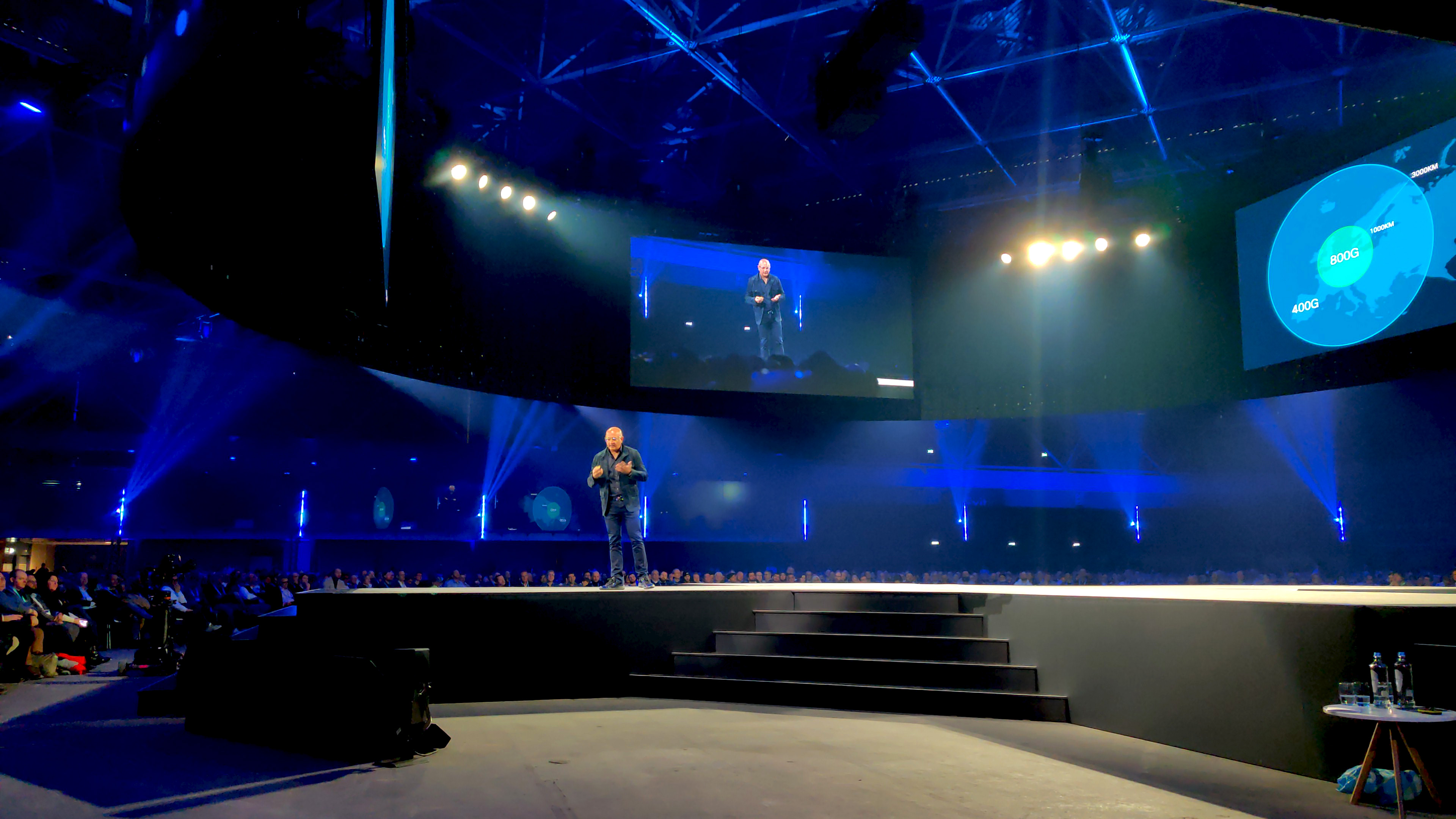 Cisco wants to capitalize on the ‘DeepSeek effect’
Cisco wants to capitalize on the ‘DeepSeek effect’News DeepSeek has had a seismic impact, and Cisco thinks it has strengths to help businesses transition to AI-native infrastructure
By Solomon Klappholz Published
-
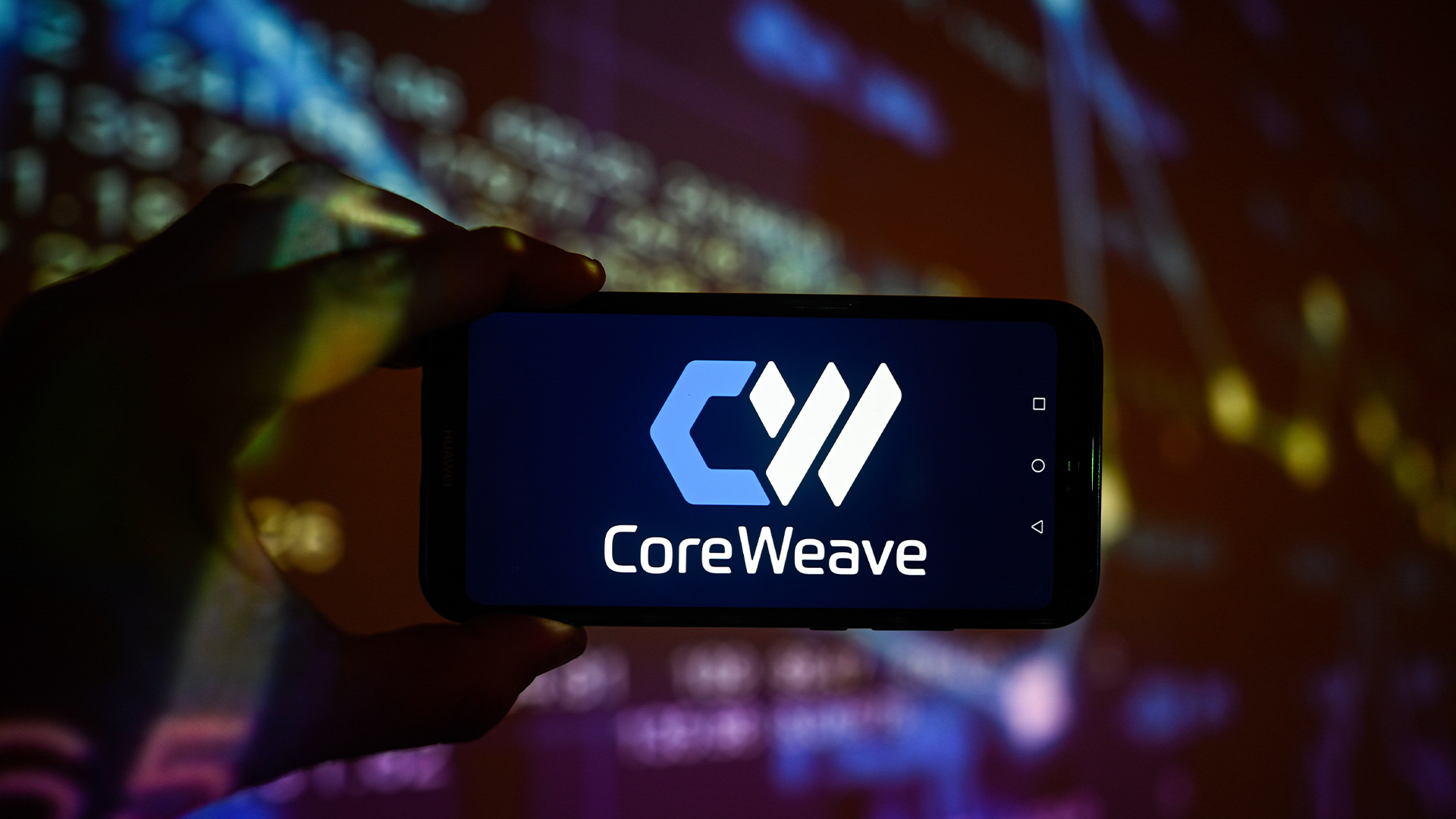 CoreWeave’s first two UK data centers are now operational
CoreWeave’s first two UK data centers are now operationalNews The company's European plans for this year also include new facilities in Norway, Sweden, and Spain
By Emma Woollacott Published
-
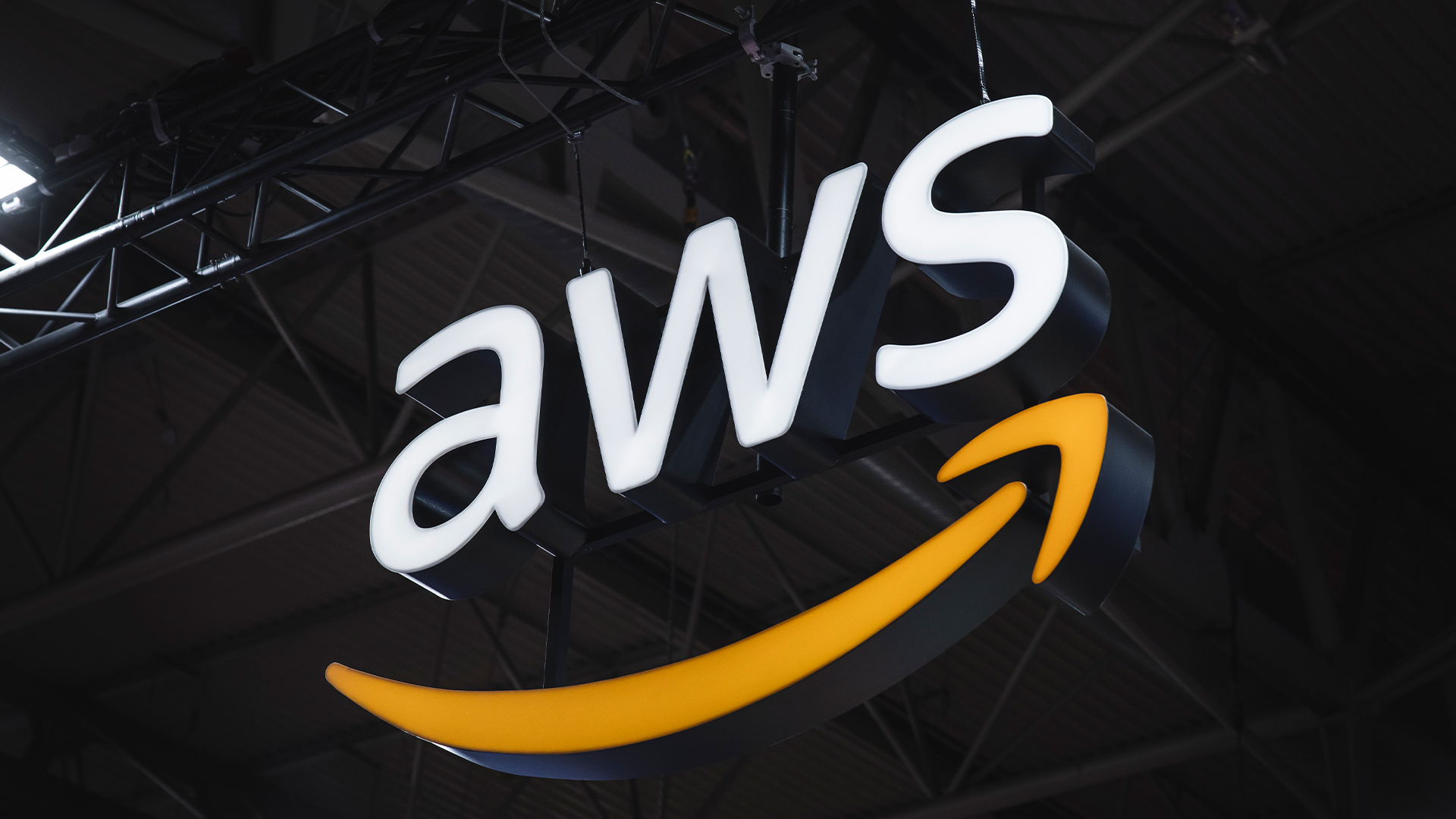 AWS eyes ‘flexible’ data center expansion with $11bn Georgia investment
AWS eyes ‘flexible’ data center expansion with $11bn Georgia investmentNews The hyperscaler says the infrastructure will power cloud computing and AI growth
By Nicole Kobie Published
-
 Future-proofing operations
Future-proofing operationsWhitepaper The Foundational Role of IT Infrastructure and Connectivity Solutions in Achieving Business KPIs
By ITPro Published
-
 Quantitative analysis of a prefabricated vs. traditional data center
Quantitative analysis of a prefabricated vs. traditional data centerWhitepaper Apples to apples cost analysis between data centre types
By ITPro Published
-
 Battery technology for single phase UPS systems: VRLA vs. Li-ion
Battery technology for single phase UPS systems: VRLA vs. Li-ionWhitepaper An overview of li-ion batteries in comparison to VRLA batteries for singlephase UPS applications
By ITPro Published
-
 Architecting enterprise networks for the next decade
Architecting enterprise networks for the next decadeWhitepaper A new paradigm in network architecture
By ITPro Published